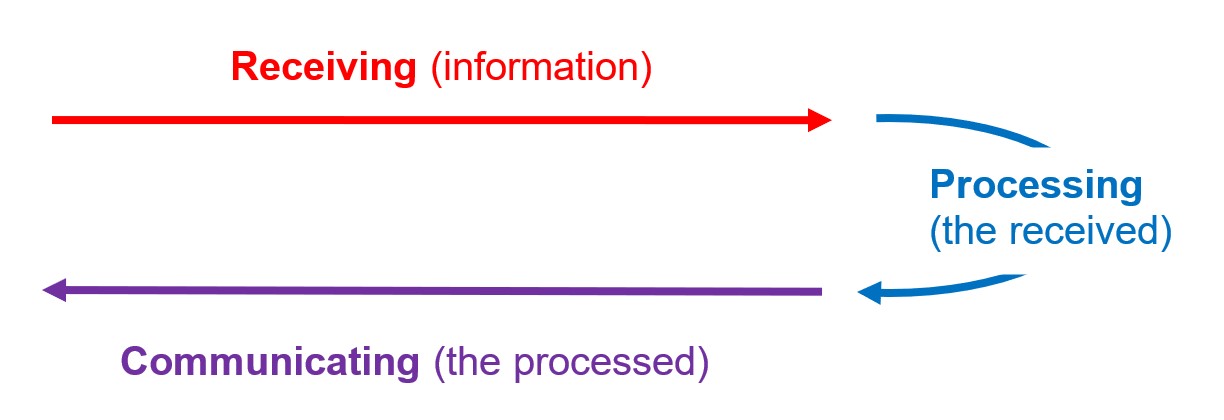Thinking Anew

In these materials, we make a case that the currently dominant social system, capitalism, must evolve, and we outline what that would entail. But to make it happen, we need to evolve our thinking too.
The present system also rose from a shift in thinking. When its spiritual precursor, Protestantism, did away with Purgatory, not much space was left for grey areas. There was either good or bad, either Heaven or Hell and nothing in between. This paved a way for the ascendence of the black and white, binary thinking. Add to that competition, as the main driving force that doesn’t have much use for impracticalities of the previous period, and you get thinking that is organised around polarities.
For a few centuries, this was a great success. From electricity to the stock market, everything seemed to flow in pluses and minuses. But when that thinking was pushed to an extreme, such polarities have been increasingly seen as irreconcilable opposites rather than complementary. This has been particularly the case in the socio-political and economic sphere (the current US politics being an example). Reality, though, seems to be going in the quite different direction of greater gradation, interconnectedness, diversity and complexity. This requires different thinking that is capable of a synthesis, joining together apparent opposites, which is already happening here and there. However, the critical mass in this respect hasn’t been reached yet.
To help the process, we present here some major polarities and suggest a path of moving from ‘either – or’ towards ‘both – and’ thinking.
If conceived as a social practice, thinking is not just that what is going on in our minds but consists of three stages: learning about the object of our interest (through observing, experiencing or studying), mentally processing or reshaping what we have learnt, and communicating or expressing what has been processed. These three stages are represented in this very simple diagramme:

We extrapolated several deep-seated polarities that are associated with each of these stages. We argue that these polarities do not need to be seen in an ‘either or’ fashion. Their synthesis is not only possible but might be even necessary if we are to move on. The following materials are based on an attempt to implement this kind of thinking.
Before we continue, we should clarify though that this part is quite different from the rest. It does not focus on any specific social topic, but on how we think about them. If you are not interested in such matters and want to delve straight into more concrete aspects of Social Synthesis, feel free to skip ahead.
Receiving
We learn or receive through observing, experiencing, studying. But how reliable is all that? Many intellectual castles have been built on sand; we cannot take for given that there is a firm ground to start off from. This is not to say that nothing can be done about it – we can endeavour to make more reliable foundations. The first three principles in this part are a bid to do so.
Processing
Not so long ago, mainstream psychology considered the mind a black box, but we all know from our own experience that this cannot be right. There is no doubt that the human mind (and possibly the minds of other species) has an active role in shaping, kneading, and moulding the materials it receives. This processing can be enormously useful, but sometimes it may be counterproductive, as certain ways of processing are not designed for the complexity we are facing in the modern world.
Communicating
No speech or text can grasp everything; no book or any other medium can possibly capture complexity in its entirety. Say your topic is the humble pin – you can talk or write about physics and chemistry associated with the pin, the history of the pin, the consequences of its invention, the economic implications, the use of pins in art, and so on, without end. Whatever we wish to communicate about, selectivity is necessary, we have to choose what to focus on and what to leave behind.
